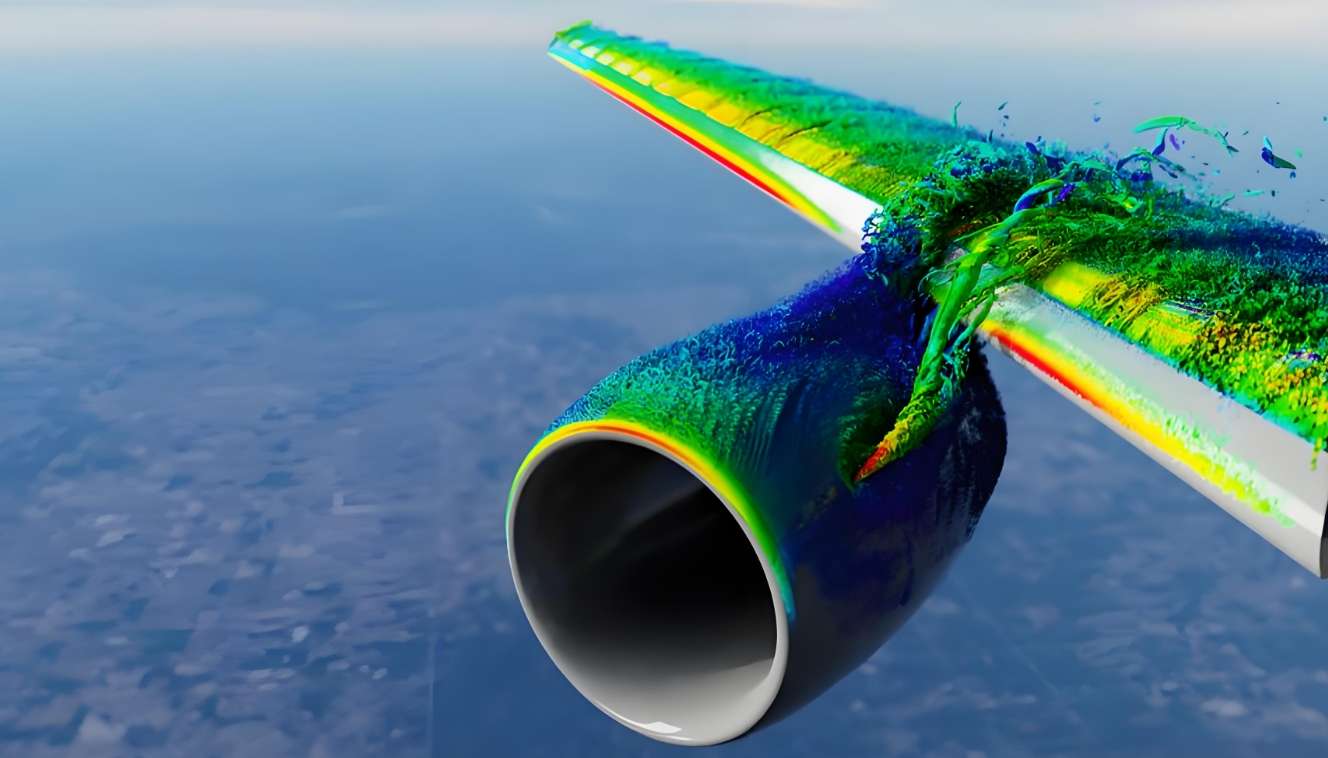
When a brand-new automotive transmission housing production line is launched,traditional first-piece debugging requires 72 hours:engineers repeatedly modify CNC programs,adjust fixture pressures,and test tool wear,potentially scrapping dozens of blanks in the process.Today,however,the same production line only needs 43 hours for first-piece debugging—a 40%reduction in time.Behind this shortened time is the power of Digital Twin-driven virtual commissioning technology in mass production.It doesn't change the machine tool hardware but restructures the debugging logic:by pre-enacting production in the virtual space,the first run in the physical world can be nearly perfect.
Pain Points of First-Piece Debugging:The Cost Black Hole in Mass Production
Take a CNC production line with an annual output of 100,000 pieces as an example.The goal of first-piece debugging is to verify three core matches:
• Machining Program:Can the G-code achieve theoretical accuracy on the real machine tool?
• Process Parameters:Will the cutting speed/feed rate cause vibration or tool breakage?
• Production Takt Time:Can the coordination between the robot and the CNC meet the production takt time of 55 seconds per piece?
In traditional modes,these issues only surface during actual machine trials.Data from a German component factory shows that downtime,scrap,and labor costs due to debugging account for 34%of the total first-piece cost.More critically,mass production demands stable operation for months once debugging is complete—hidden defects in the first-piece phase could lead to mass production disasters.
Virtual Commissioning:Rehearsing Thousands of Failures in the Digital Mirror
The breakthrough of Digital Twins lies in creating a full-element virtual mapping of the physical production line:
• Machine Tool Dynamic Model:Including the CNC control system,servo motor response characteristics,and spindle thermal deformation curve.
• Process Simulation Engine:Precisely calculating cutting forces,tool deformation,and vibration spectra under different cutting parameters.
• Logic Validation Layer:Simulating PLC signal interactions,sensor feedback,and robot motion trajectories.
In a real-world case,a company upgraded its production line for machining new energy motor housings.Engineers first completed the following operations in the virtual environment:
• Imported the workpiece 3D model and CAM program to run turning and milling compound machining in the simulation system.
• System warning:The spindle load during milling the internal cavity will exceed the limit(actual data:predicted peak 23kW vs.machine limit 22kW).
• Optimization plan:Changed the finish milling tool path from"unidirectional cutting"to"trochoidal cutting,"reducing the load to 19kW.
• Verified robot feeding path:Virtual sensors showed a 0.3-second interference risk between the fixture and the tool.
These issues,which were resolved in 2 days in the virtual space,would have caused at least 5 days of downtime if exposed on the production line.
Where Does the 40%Time Reduction Come From?Four Key Lever
• Zero-Cost Trial and Error
Simulate extreme conditions in the Digital Twin system,such as deliberately setting incorrect fixture positioning,tool wear exceeding 30%,and voltage fluctuations.One project injected 768 virtual faults and fixed 92%of PLC logic defects in advance.
• Precision Pre-Compensation
Addressing the challenge of thermal deformation in large metal part machining,the system predicts temperature rise based on material removal rate and automatically embeds compensation values in the G-code.During actual first-piece machining of a 2-meter-long aluminum alloy base,the planeness error was only 0.08mm(requirement≤0.1mm),eliminating three rounds of adjustments.
• Human-Machine Collaboration Optimization
Virtual commissioning can verify worker operation workflows.One CNC unit reduced worker steps by 40%and decreased the probability of accidental emergency stop button presses by 70%by adjusting the control panel position.
• Data Continuity
Once virtual commissioning is complete,all optimized parameters(such as spindle speed correction values and robot acceleration curves)are synchronized to the physical equipment with a single click,avoiding input errors caused by manual parameter copying in traditional modes.
Why Digital Twins Depend on Precision Machining Data
The reliability of virtual commissioning depends on model accuracy,especially:
• Machine Tool Dynamic Characteristic Library:Accumulating acceleration/deceleration response and vibration mode data for different brands of CNC machines.
• Material Cutting Database:For example,the difference in cutting force coefficients between turning stainless steel and turning titanium alloy can reach 300%.
• Tool Wear Model:A wear prediction algorithm based on historical data.
Experience from a precision bearing manufacturer shows that when the virtual model calibration error exceeds 5%,the debugging time reduction effect will drop to below 15%.
The Hidden Gear of Industry 4.0
The value of Digital Twins in mass production goes far beyond time savings.Once the production line is running,real-time data is continuously compared with the virtual model to form a closed loop:
• When tool life reaches a critical value,the system automatically switches to a backup program(using wear-compensated parameters).
• When machining vibration signals are abnormal,the virtual model immediately locates the loosened fixture bolts.
• When changing to a new workpiece,historical optimized parameters are directly called,increasing the first-piece pass rate to 98%.
This"virtual-physical"symbiotic relationship is the core logic of Digital Twins bundled with Industry 4.0—it transforms the production process from experience-driven to data-driven.
Conclusion:The Essence of the Debugging Revolution is Risk Pre-Emptification
The essence of virtual commissioning reducing first-piece debugging time by 40%is transferring the trial-and-error costs from the physical world to the digital space.For companies mass-producing turned and milled precision metal parts,this means faster ramp-up of production capacity,lower scrap rates,and more flexible order responses.When competition focuses on"how to compress first-piece debugging from 72 hours to 43 hours,"the real decisive factor is already hidden in those digital mirrors running on servers.
In the narrative of Industry 4.0,Digital Twins are not just hype but an engineering philosophy that turns uncertainty into certainty.Their ultimate goal is to ensure that every CNC machine reaches its optimal state the moment it is turned on—as the old craftsmen often say,"The best machining begins before the tool even touches the material."